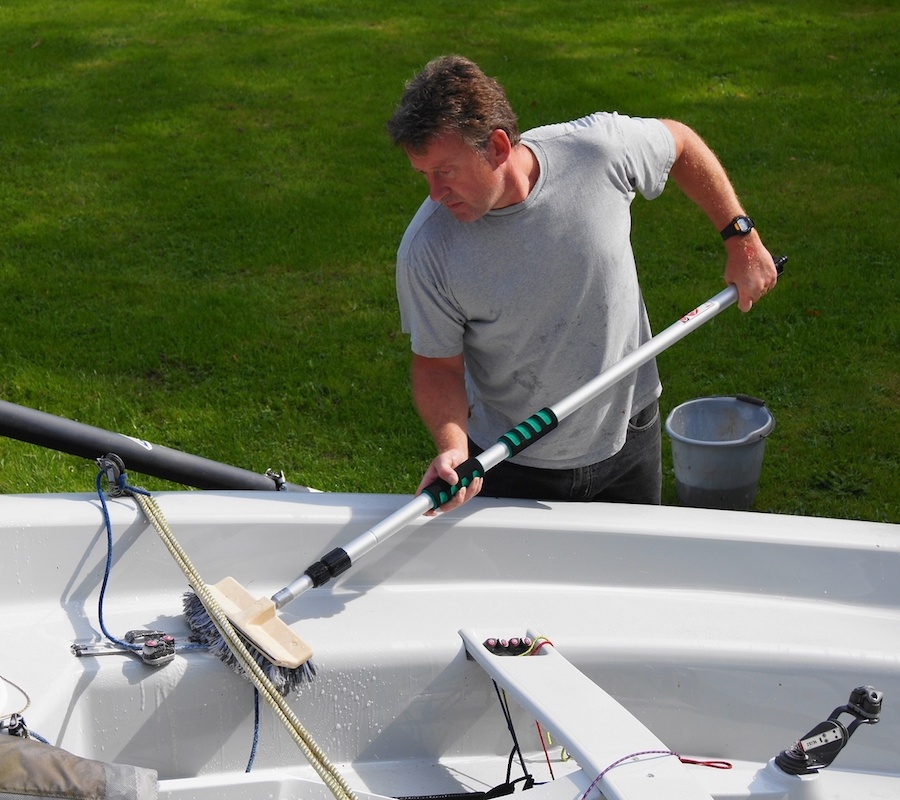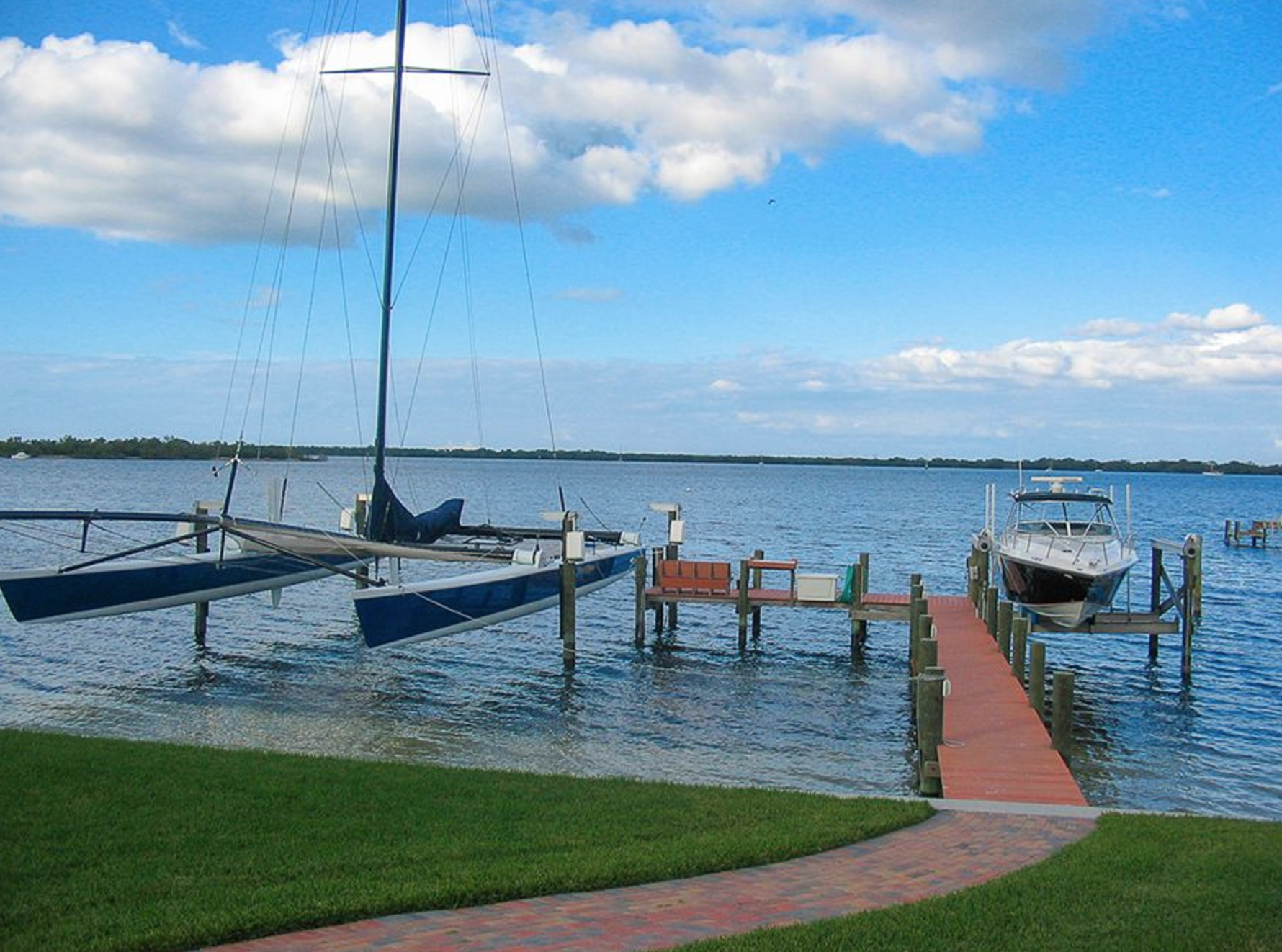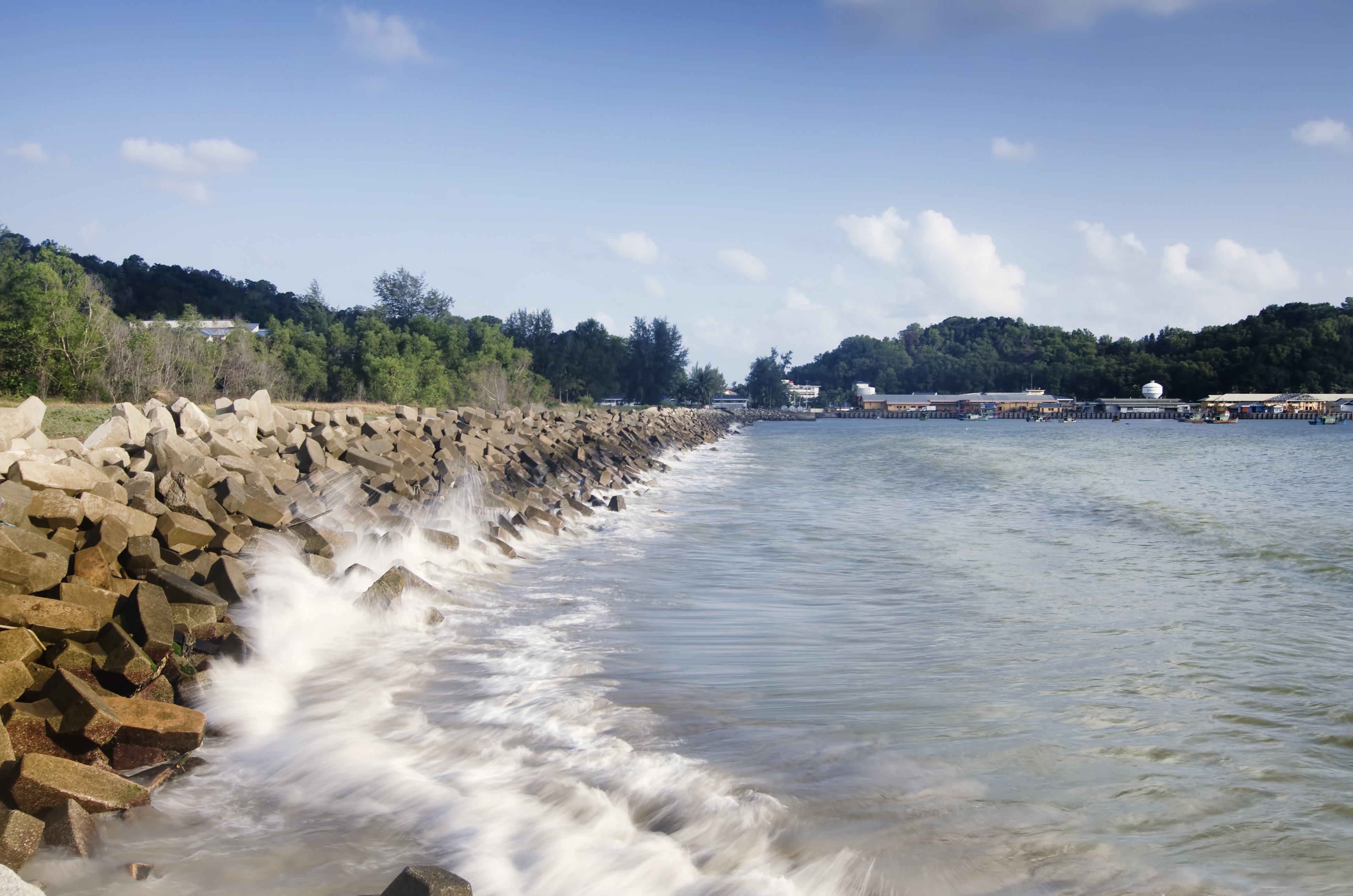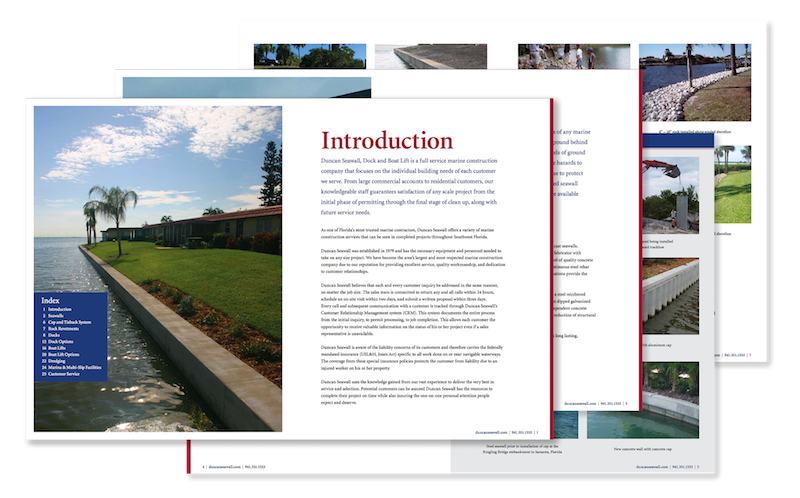We have all seen the overzealous boaters who wash down their boat after every two-hour trip, but maybe they were actually onto something. As it turns out, saltwater can cause devastating damage to boats if left without proper maintenance. In Florida’s hot, humid climate, the damage happens even faster.
Related Blog: Top Mistakes Waterfront Property Owners Make (and How to Avoid Them)
Have you ever noticed how your stainless boat remains mostly free of rust, also known as 'pox', when you leave it at the marina? However, when you start taking your boat out for a couple of months, your boat will begin showing signs of rusting. That's because a day on the water can be tough on your boat.
Why Cleaning Your Boat Really Matters
Cleaning every day may seem a little over the top, but wiping down the stainless and varnished teak with boat cleaning supplies might not be a bad idea. Regular cleaning is not just about keeping your boat looking sharp. It is about protecting your investment and avoiding costly repairs.
-
Salt buildup = corrosion
Saltwater eats away at stainless steel, aluminum, and protective coatings quickly, especially in Florida’s hot, humid climate. -
Grime dulls your investment
Pollutants like sunscreen, algae, and fish residue can stain fiberglass and upholstery, decreasing resale value and requiring more intensive restoration later. -
Neglect = bigger maintenance bills
Boat owners who skip regular rinses are more likely to deal with seized pulleys, degraded wiring, and engine issues caused by salt and debris.
Practical Cleaning Tips After Every Trip
To make your cleanings quick, effective, and worth the effort, follow these steps:
-
Rinse top-down with fresh water – Start at the highest point and work your way down to prevent grime from drying mid-clean.
-
Focus on high-salt areas – Pay attention to the motor, steering mechanisms, railings, and cleats.
-
Flush the engine – Always flush your engine with fresh water while it is still warm for best results.
-
Wipe down metal and vinyl – Use a microfiber towel to dry key areas and prevent water spots or rust.
-
Store with a breathable cover – Keeps out critters and UV damage while allowing trapped moisture to escape.
What Happens if You Don't Clean Your Boat?
If you leave the salt on your boat, it will cause chalking and pitting. The crystals from the saltwater will scratch and cause abrasions to your boat and, whether it's the isinglass or the other parts of the boat, the salt from the ocean will destroy a new boat quickly, leaving it full of rust and deterioration.
How to Remove the Salt Deposits
Sometimes it takes more than a fast pass with the pressurized sprayer to eliminate the salt deposits. You should examine the parts of the boat to make sure you removed the salt. Why? Salt has an infamous reputation for clinging onto surfaces even if you think you rinsed it away.
To get rid of the salt, you will want to scrub down everything, including the exterior and the interior. The cockpit and the mast should also be washed. In particular, pay special attention to the deck hardware and the pulleys.
To clean the pulleys, you can spray water at them. Also, get the mechanism that self-steers as well.
Proper Preparation
As you prepare for cleaning your boat, cover all the electrical equipment and spray around that area carefully. You should start near the top section of your boat and rinse it down section by section. Before you finish rinsing, spray the hull too.
Beware of using too much water pressure because you don't want the water to penetrate between the hatches or other places that could cause issues.
To get the best results, you must scrub the boat correctly each time. After the boat has been rinsed once, wait for it to dry and rinse again. Salt crystals sometimes require a couple of minutes before they will dissolve in water.
Once you have rinsed it, sponge and wipe the rest of it. The boat should be wet before doing this because you don't want the salt crystals to damage the paint or gel coat. Cleaning your boat goes a long way to protect your investment in a hobby you greatly enjoy.
How a Boat Lift Can Protect Your Boat
If you have questions about what you can do to protect your boat, contact us today to speak with a member of our team at Duncan Seawall. We'll help answer any questions you have and show how we can help keep your boat in shipshape. Download our Complete Guide to Boat Lifts today to learn more about how a boat lift can help protect your boat!










